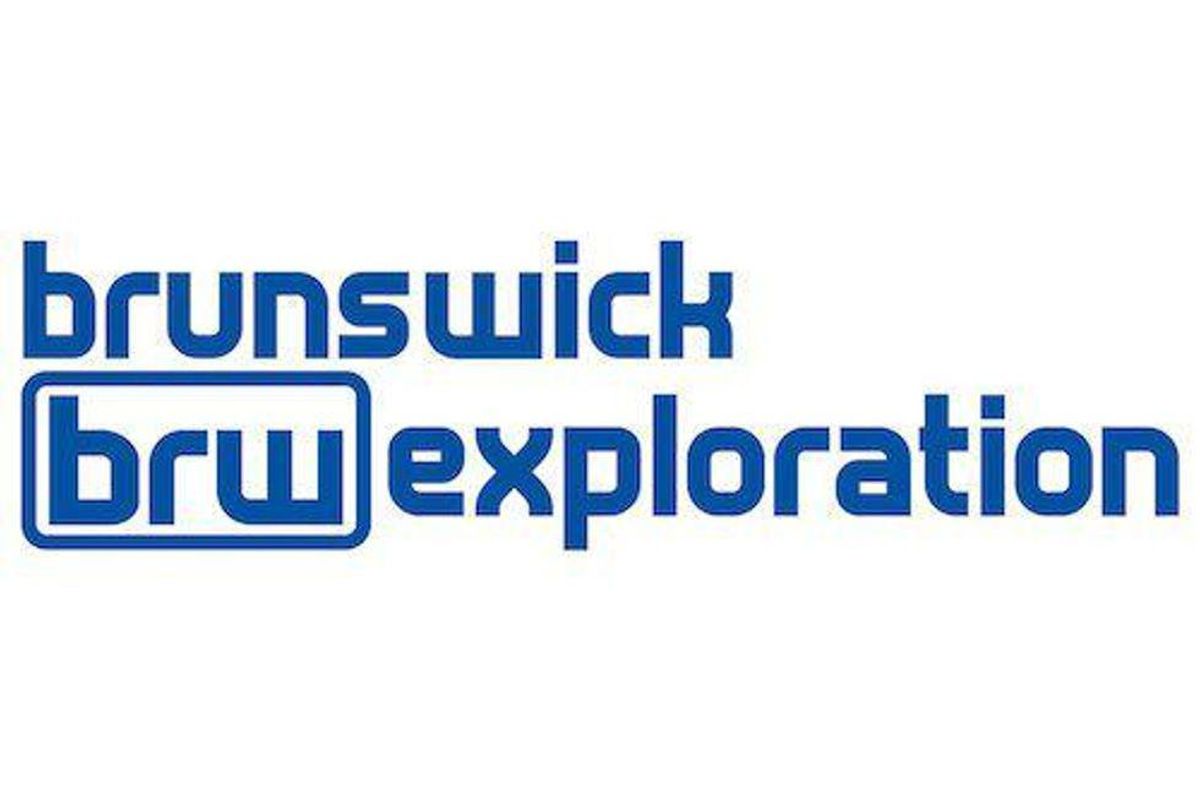Brunswick Exploration (TSXV:BRW) offers shareholders access to a highly experienced management team and board of directors with a focus on grassroot exploration.
The company's exploration team is led by Robert Wares, founder of the Osisko Group of Companies. Brunswick Exploration's notable projects include Fundy Gold and Bathurst Mining Camp. The Fundy Gold project is a high-grade, multi-ounce and gold-polymetallic project in New Brunswick, Canada.

- Brunswick Exploration focused on exploring and developing a diversified portfolio of highly prospective high-grade gold and copper projects in Eastern Canada.
- Brunswick Exploration's Fundy Gold project is a high-grade, multi-ounce and gold-polymetallic project in New Brunswick. The project includes a gold-silver-copper vein system with 67.2 g/t Au, 17 g/t Ag and 0.59 percent Cu and a gold-silver-copper-lead antimony vein system with 2.02 g/t Au, 309 g/t Ag, 1.19 percent Cu and 3.02 percent.
- The Bathurst Mining Camp project is a high-grade base metal VMS project located in the prolific Bathurst Mining Camp in New Brunswick. The total indicated mineral resource on the Bathurst Mining is a significant 1.96 million tonnes including 2.38 percent lead, 0.22 percent copper, 68.90 g/t silver and 9.00 percent zinc equivalent. The total inferred resource is 3.85 million tonnes including 5.34 percent zinc, 1.49 percent lead, 0.32 percent copper, 47.7 g/t silver and 7.96 percent zinc equivalent. The mineral resource cut-off grade is an excellent 5.5 percent zinc equivalent.
- The company's Quebec-based projects include the nickel-copper Lac Edouard project and the base metal Waconichi project in the prolific Abitibi gold belt.
- Brunswick Exploration's Bathurst Mining Camp and Fundy Gold projects are located near the past-producing Brunswick No. 12 and No. 6 mines. The mine at the Brunswick No. 12 deposit was one of the largest underground zinc mines in the world.
- Brunswick Exploration is led by Robert Wares, founder of Osisko Mining.
Click here to connect with Brunswick Exploration



